The ‘Golden Age of Cocktails’ was a cocktail culture originally for professionals and high society from 1806 to the 1910s. It soon spread to mass appeal in bars, fine restaurants, private clubs, and cocktail parties in Europe, England, and the U.S. during the 19th Century. It faded out in the 1910s with the outbreak of World War One.
The first mention of a cocktail was in 1806 in the Balance & Columbia Repository newspaper Hudson, New York. Cocktails were popularized in the writings of Washington Irving, James Fenimore Cooper, Jane Austen, Charles Dickens, the Bronte sisters, William Thackeray, Nathaniel Hawthorne, Mark Twain, and others. Newspapers, magazines, and cookbooks printed cocktail recipes. By mid-century bartender guides were published. The British and U.S. Navies greatly spread cocktail recipes from port to port.
The original cocktail was described as “spirits, sugar, water, and bitters.” Alcohol used was very similar to spirits produced today, mostly gin, vodka, whisky, bourbon, scotch, rum, brandy, sherry, and port.
Social drinking became re-established with the 1920’s Prohibition when everybody drank. After World War Two in the Fifties, social drinking at home became popular as a form of entertainment. Men and women would often have a drink after work to unwind. To encourage women’s drinking, bartenders invented fruity and sweet cocktails such as the Grasshopper, Pink Squirrel, White Russian, and Sloe Gin Fizz. Sunday brunches also grew in popularity where Mimosas and Bloody Marys would be served. Of course beer, ale, wine, and champagne have always been popular in America.
Rum and whisky were popular in the 1940s since it was hard to obtain gin and vodka during war rationing. Gin and vodka soon became very popular in the Fifties. Tiki restaurants were another popular trend in the 1950s and 1960s. A new Cocktail Culture emerged in the 2000s with new and exciting cocktails.
Old Fashioned

An iconic cocktail that originated in the 1830s. Making a proper old fashioned is considered an art form.
Recipe:
2 parts bourbon or rye whisky
1 sugar cube
few dashes Angostura bitters
few dashes of water
Muddle sugar, bitters, and water in an old fashioned glass.
Fill with ice and whisky, stir.
Absinthe
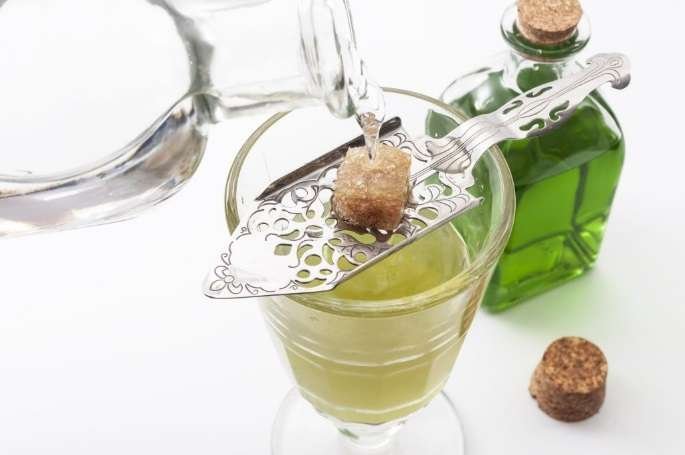
Absinthe was popular in Switzerland and France in the early 1800s and spread across Europe, England, and the U.S
1 oz. absinthe
Pour ice cold water over a sugar cube on a spoon over the drink until dissolved.
Whisky

Whisky is a liquor made from fermented grain such as rye, wheat, barley, or corn. It is aged in wooden barrels. Distillation of whisky goes back to 13th Century Italy.
Sherry Punch

Sherry is a fortified wine that originated in Spain during ancient Roman times. It became popular in Britain in the 16th Century. Sherry punch is mentioned by Charles Dickens.
Recipe:
1/4 cup port wine
1/2 cup sherry
1/4 cup orange liqueur
1 1/2 cups brandy
2 chilled bottles of sparkling wine
1 cup lemon juice
1/2 cup sugar
ice
Sherry Cobbler
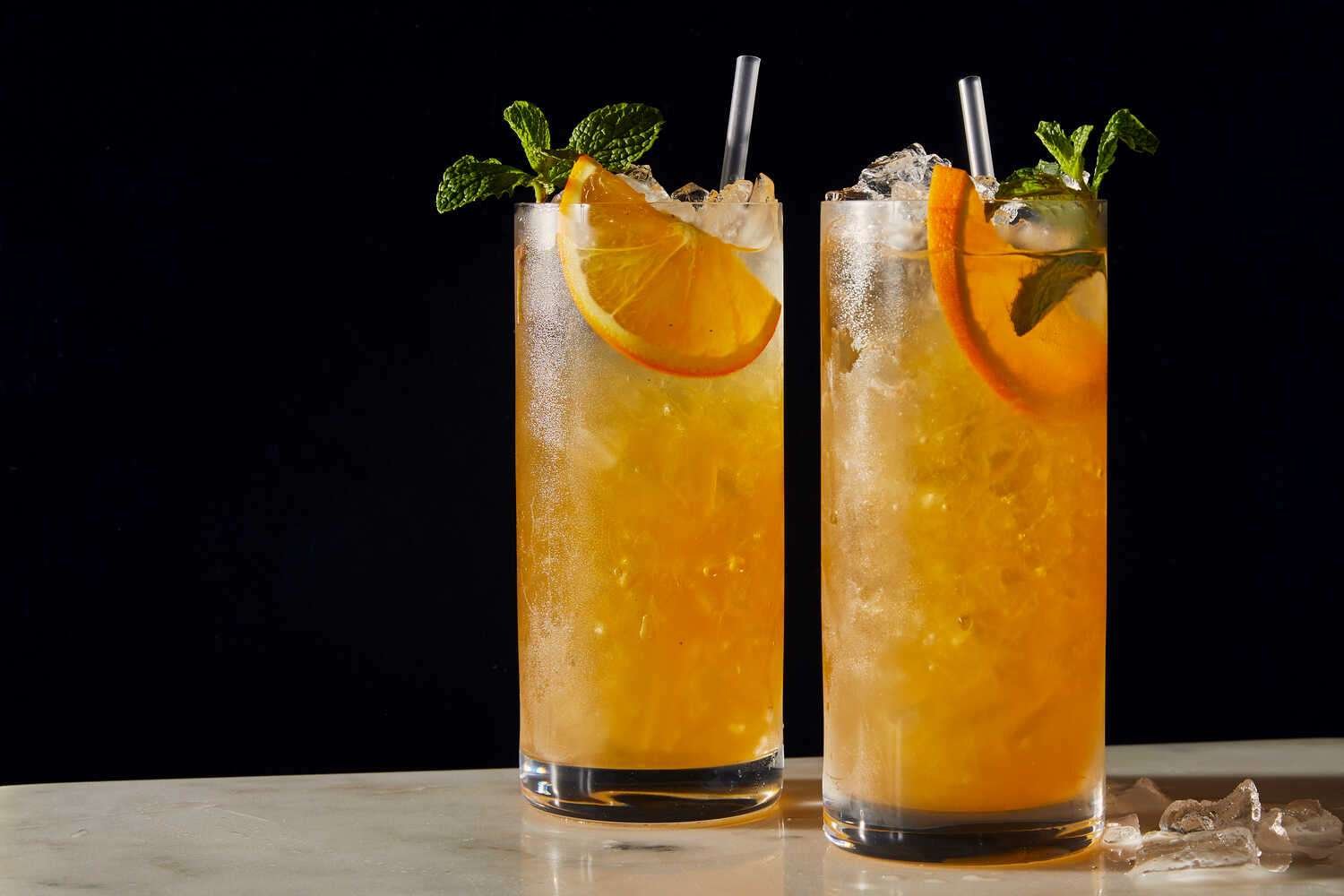
A popular drink that was mentioned by Charles Dickens.
Recipe:
4 parts Sherry
1 part brandy
sugar to taste
orange slice
Brandy Eggnog
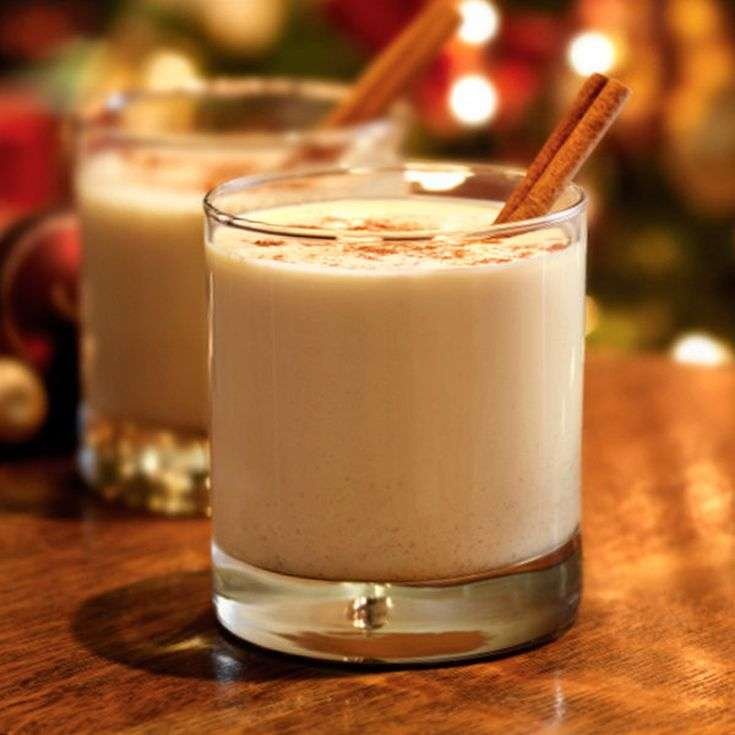
An Edgar Allen Poe family recipe:
1 part brandy
1 part rum
7 eggs
5 cups milk
1/2 cup whipping cream
1 cup sugar
Gin Martini
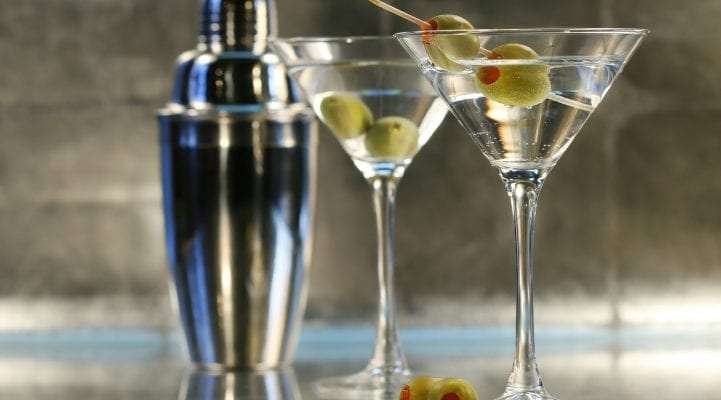
The best known and widely popular cocktail that can be made with gin or vodka. Martinis originated in the 1860s.
Recipe:
4 parts gin or vodka (today 6 parts)
1 part dry vermouth
Mix in a shaker with ice, strain into a chilled martini glass.
Garnish with lemon peel oil and olives.
Bourbon
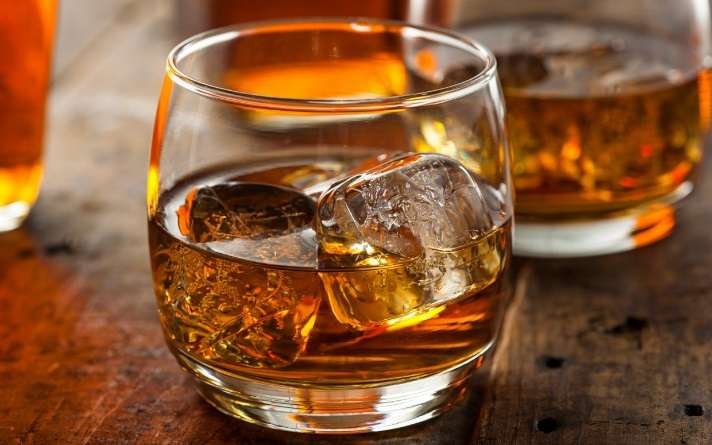
Bourbon is barrel aged whisky made from corn. It was brought to Kentucky by Scots in the 18th Century.
Wassail Bowl

Wassail is a traditional mulled cider drink that goes back to 12th Century Old Norse and Old Anglo Saxon times.
Recipe:
four 12 oz. bottles of hard cider
two 12 oz. bottles of pale ale
1 cup Madeira wine
2 cups apple cider
6 apples cored and baked in sugar water for 1 hour until tender
1 cup brown sugar
10 whole cloves
10 whole allspice berries
4 cinnamon sticks
2 wide strips orange zest
2 wide strips lemon zest
1/2 tsp ginger
1/2 tsp nutmeg.
Simmer hard cider, ale, cider, and wine in a large pot. Add cloves, allspice, cinnamon, orange zest, lemon zest, ginger, and nutmeg. Reduce heat and steep for 1 hour, strain.
Add baked apples.
Mulled Wine
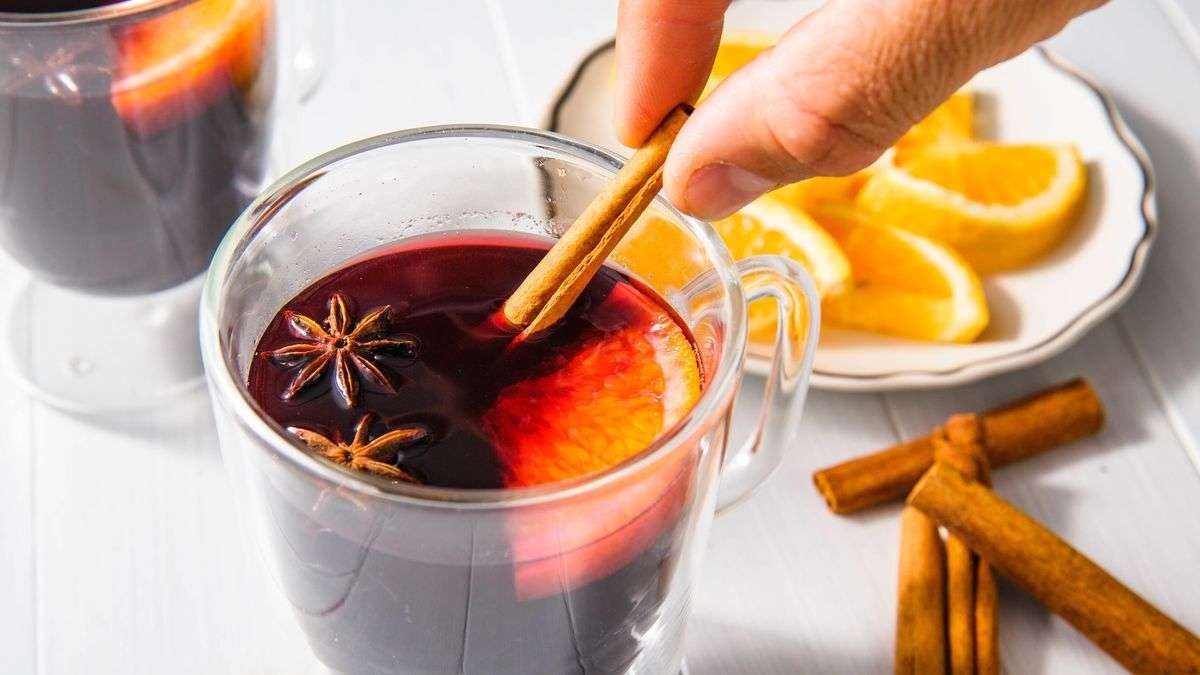
Is a very popular and traditional in England. It comes from ancient Roman times.
Recipe:
1 1/2 cups boiling water
1 bottle of red wine
1/2 cup sugar
1/4 lemon
8 whole cloves
1 cinnamon stick
pinch ground nutmeg.
Heat water and sugar in a saucepan until dissolved. Add lemon, cloves, and cinnamon, and bring to boil. Strain and pour back into the pan. Add wine and heat but do not boil.
Scotch
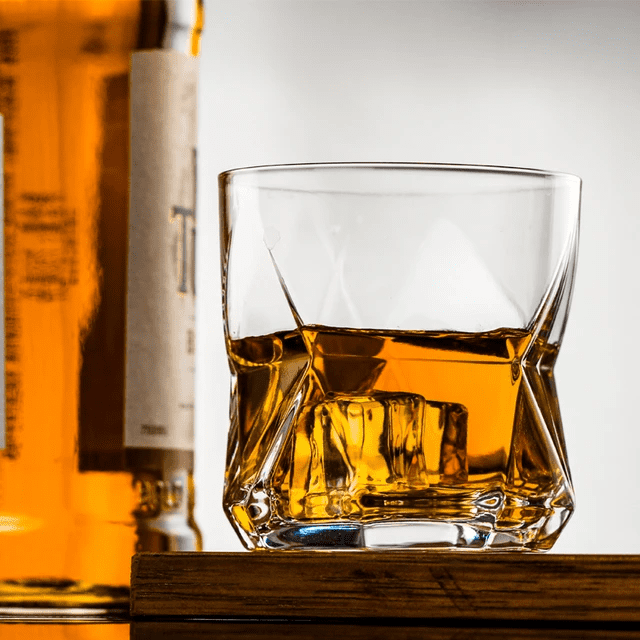
Scotch is simply whisky made in Scotland and first written about in 1454. It is made from alt or grain and is aged in oak barrels.
Gin Sling

Gin was invented in Holland and reached England in the 17th Century and became very popular in the 18th Century. A simple drink of Gin with lemon slices, sugar, and ice.
Mulled Cider

A traditional drink in England, U.S., and Canada.
Recipe:
2 quarts apple cider
20 whole cloves
1/2 cup sugar
20 cinnamon sticks
14 whole allspice
1/4 tsp. salt
Boil for 15 minutes and let stand for 12 hours. A crock pot can be used. Serve hot or cold.
When serving add 1 oz. of alcohol per cup of cider, use either rum, bourbon, or whisky.
Manhattan
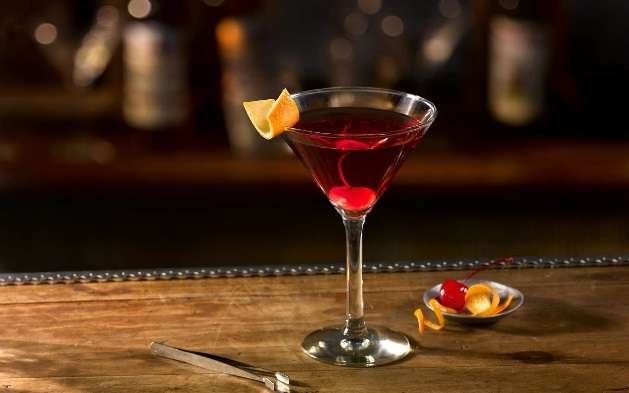
A well known fashionable drink which is rich with strong flavors. Manhattans originated in the 1870s in New York. A manhattan using scotch is called a Rob Roy.
Recipe:
2 parts rye whisky or bourbon or Canadian whisky
1 part sweet red vermouth
1 dash Angostura bitters
Mix with ice, stir and strain into a chilled martini glass.
Garnish with a cocktail cherry.
Stinger
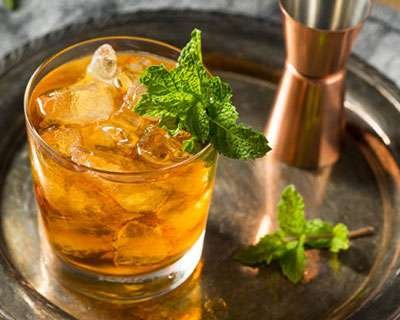
A ‘society’ cocktail of the upper classes in New York in the 1890s. Billionaire Vanderbilt popularized the drink.
Recipe:
3 parts cognac or brandy
1 part white crème de menthe
Mix with ice, strain into a chilled martini glass.
Garnish with mint leaves.
Tom Collins
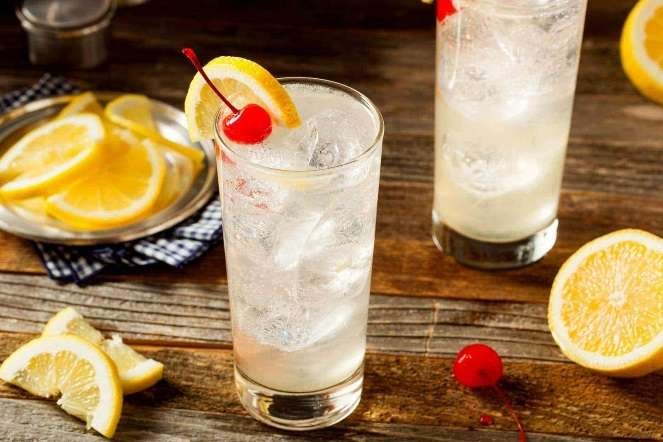
The Tom Collins grew in popularity in the U.S., England, France, and Germany in the 1880s.
Recipe:
3 parts gin
2 parts lemon juice
1 part sugar syrup
4 parts soda water
Mix in a Tom Collins glass with ice.
Garnish with a lemon slice and a cocktail cherry.
Whisky Sour
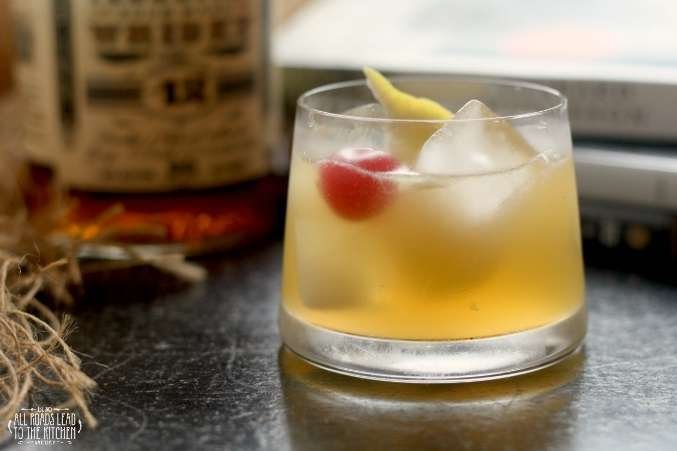
Originates in the 1870s and was popular in North and South America.
Recipe:
3 parts bourbon or whisky
2 parts fresh lemon juice
1 part sugar syrup
Shake with ice, strain into an old fashioned glass.
Mint Julep
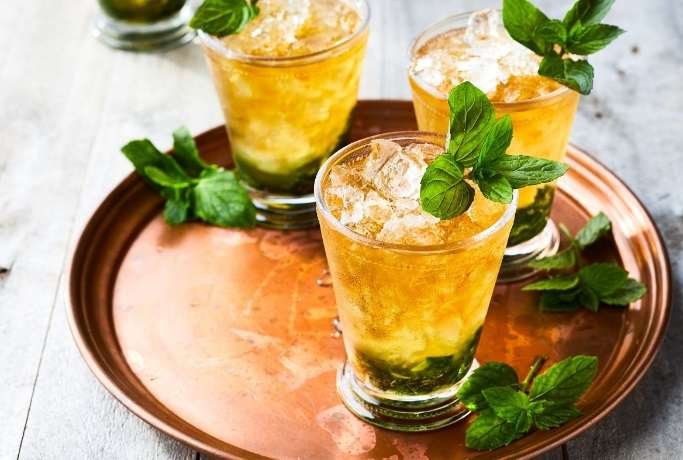
The signature cocktail of the Kentucky Derby since 1932. The drink originated in the 1780s and was a popular drink throughout the southern states.
Recipe:
3 ounces bourbon
4 mint sprigs
1 teaspoon powdered sugar
2 teaspoon water
Muddle mint, sugar, water in a highball glass, fill with cracked ice, add bourbon, stir.
Garnish with a mint sprig.
Mojito
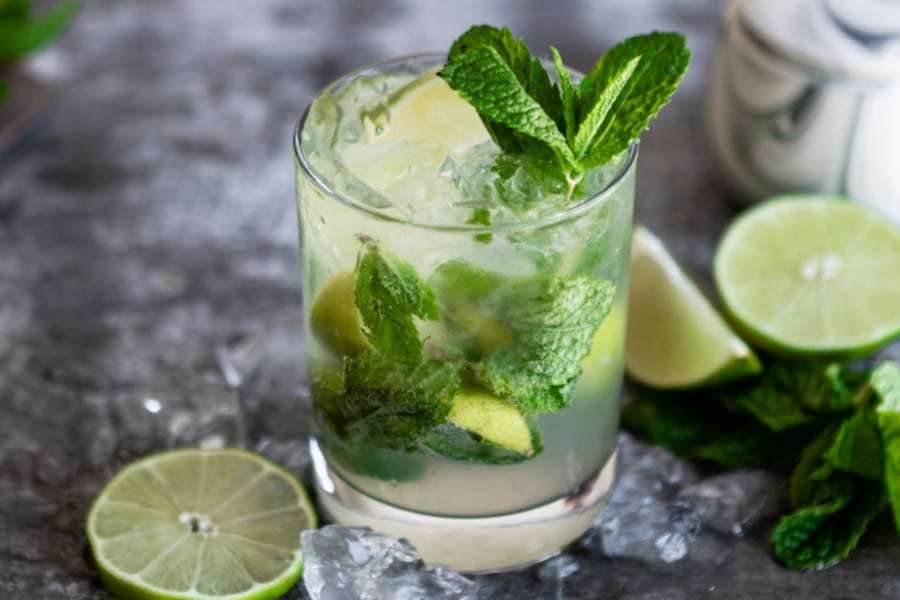
A 19th Century originated Cuban drink which was Ernest Hemingway’s favorite.
Recipe:
2 parts rum
1 part fresh lime juice
6 mint sprigs
2 teaspoons of sugar
slash of soda water
Mix and pour into a Tom Collins glass, stir.
Garnish with sprigs of mint and a slice of lime.
Hot Toddy
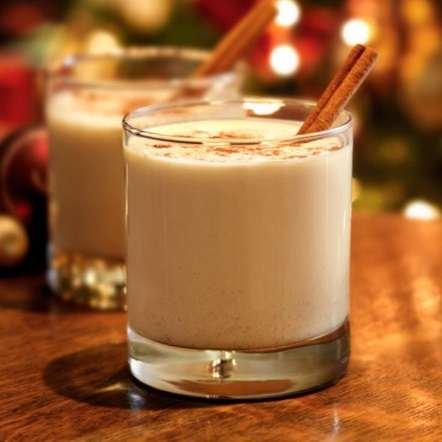
The hot toddy originated in Ireland in the 18th Century.
Per person, in a cup
1 shot whisky
1/2 cup hot water
2 tsp honey or sugar
Juice of a lemon wedge
1 cinnamon stick
Pinch of nutmeg
Daiquiri

The drink originated in Cuba and was a favorite of Ernest Hemingway who lived in Cuba.
Recipe:
2 parts rum
1 part fresh lime juice
2 teaspoons sugar
Stir, dissolve sugar, add ice, shake, strain into a chilled martini glass.
Sazerac

The Sazerac cocktail originated in 1850 New Orleans at the Saerac Coffee House.
Recipe
5 parts cognac
1 part absinthe
1 sugar cube
2 dashes of Peychard’s Bitters
Garnish lemon peel
Mix the ingredients in a glass. Rinse a seperate chilled glass with absinthe and ice, discard. Strain the mixed drink into the chilled glass.
References
- The Bar Book Elements of Cocktail Technique, Jeffrey Morganthaler
- The Craft of the Cocktail, Dale DeGroff
- Meehan’s Bartender Manual, Jim Merhan
- Modern Cocktail Classics, Robert Simonson



